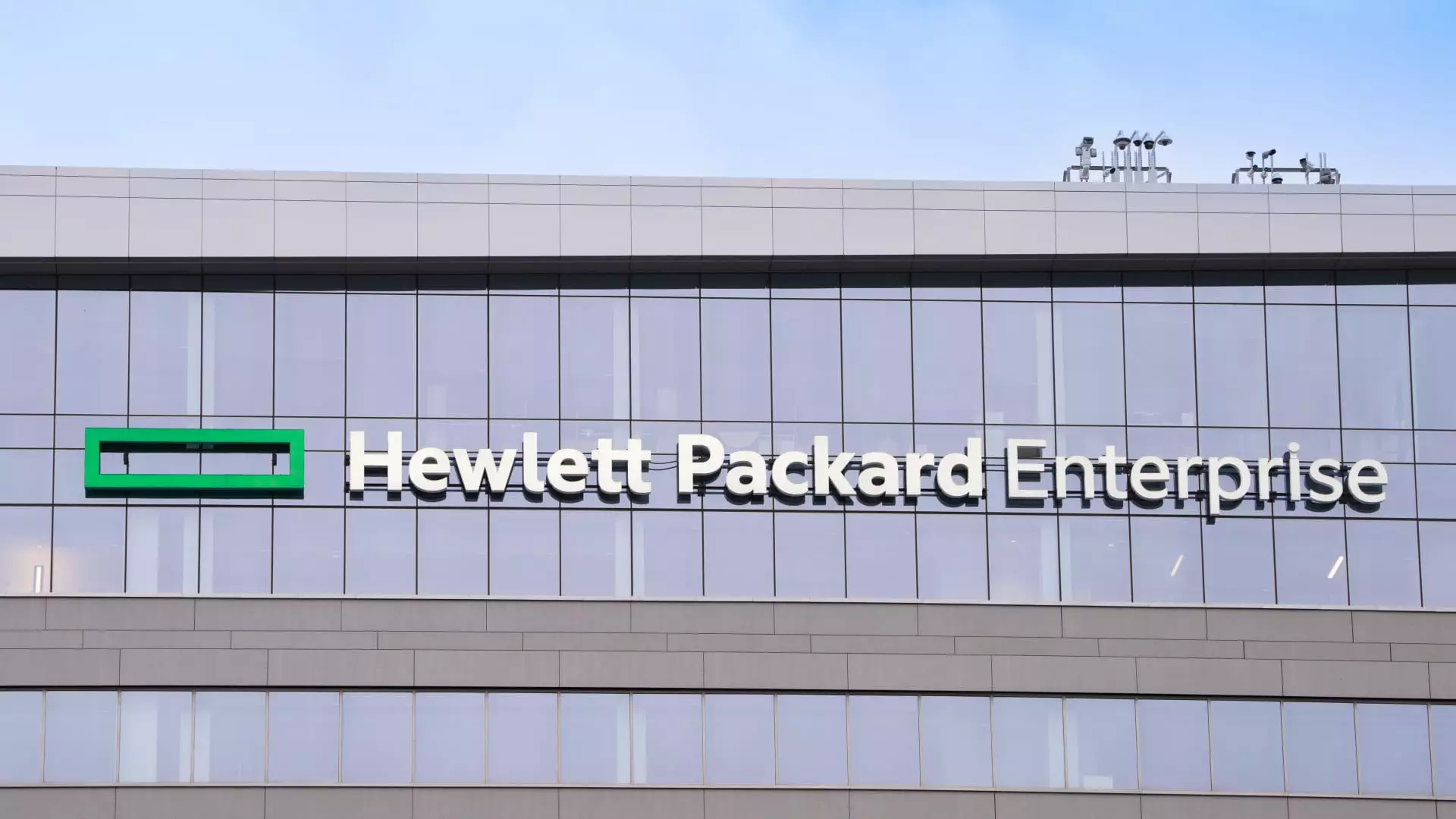In a dramatic twist of market events, Hewlett Packard Enterprise recently saw its shares plummet a staggering 17% in after-hours trading. Investors were left reeling after the company revealed a less-than-stellar outlook for the fiscal second quarter, forecasting adjusted earnings between 28 and 34 cents per share, while analysts had expected a much healthier 50 cents. This significant discrepancy raises questions about the management’s foresight, placing the company in a precarious position. The initiation of a cost reduction program, including layoffs, underscores not just a reactive strategy but perhaps a deeper malaise within the organization. The consequences of such decisions often ripple across employee morale and shareholder trust—both of which are vital in maintaining a thriving corporate environment.
Samsara: An Overlooked Opportunity?
While Hewlett Packard struggles under the weight of disappointing projections, rival industrial “Internet of Things” company Samsara saw its shares dip by 4%. Although its forecast for the first quarter aligned with analysts’ expectations, the market reaction suggests that even consistent performance isn’t enough to thrill investors in today’s climate. Firm guidance promising earnings of 5 to 6 cents per share with revenues of around $350 million may seem adequate, yet it does little to foster excitement. In a world of rapid advancements, a company that fails to capture the imagination could find itself languishing in the shadows of competitors who dare to dream bigger and innovate faster.
Gap’s Unlikely Triumph
Conversely, one cannot overlook Gap Inc.’s astonishing 15% surge in share value, following the release of results that left analysts scrambling to reassess their forecasts. With earnings of 54 cents per share against an expected 37 cents and revenues of $4.15 billion surpassing projections, the retail giant seems to have defied the odds. Improved same-store sales growth of 3% versus the anticipated 1% suggests a revival spurred by effective marketing and perhaps a rekindled consumer interest in apparel. This kind of unexpected success reinforces the notion that, even in a shaky economy, companies that adapt to consumer sentiment can outperform expectations and bolster their market presence.
Broadcom and the Chip Market’s Daring Resilience
In a fierce snapshot of market contrasts, Broadcom highlighted the resilience of the semiconductor sector with a notable increase of 17% in after-hours trading. Surpassing analyst expectations for both earnings and revenue, the chipmaker is positioned to leverage the growing demand for technology solutions. Guidance projecting $14.9 billion in second-quarter revenue indicates strong momentum, painting a picture of a sector that refuses to be stymied by broader economic concerns. This speaks volumes about the opportunity present in technology investments, as seasoned players in this space continue to innovate and adapt.
Ripple Effects from the AI and Healthcare Sectors
Amid these varied performances, smaller entities like BigBear.ai, which experienced a disheartening drop of over 12%, grapple with regulatory pressures overshadowing their prospects. Their warning about potential disruptions in federal contracts illustrates the challenges faced within niche markets, particularly those reliant on government dealings. Similarly, Cooper Companies witnessed nearly a 7% decline due to revenue shortfalls, highlighting vulnerability in the healthcare market. Yet, amidst struggle, Mobileye Global’s incremental gains offer a glimmer of hope, propelled by a reputable hedge fund staking a claim in autonomous vehicle technology—an arena that is becoming a beacon of future growth.
In this volatile environment, investor sentiment swings violently, revealing that today’s fortunes symbolize not just numbers, but the complex interplay of expectations, management decisions, and market forces.

